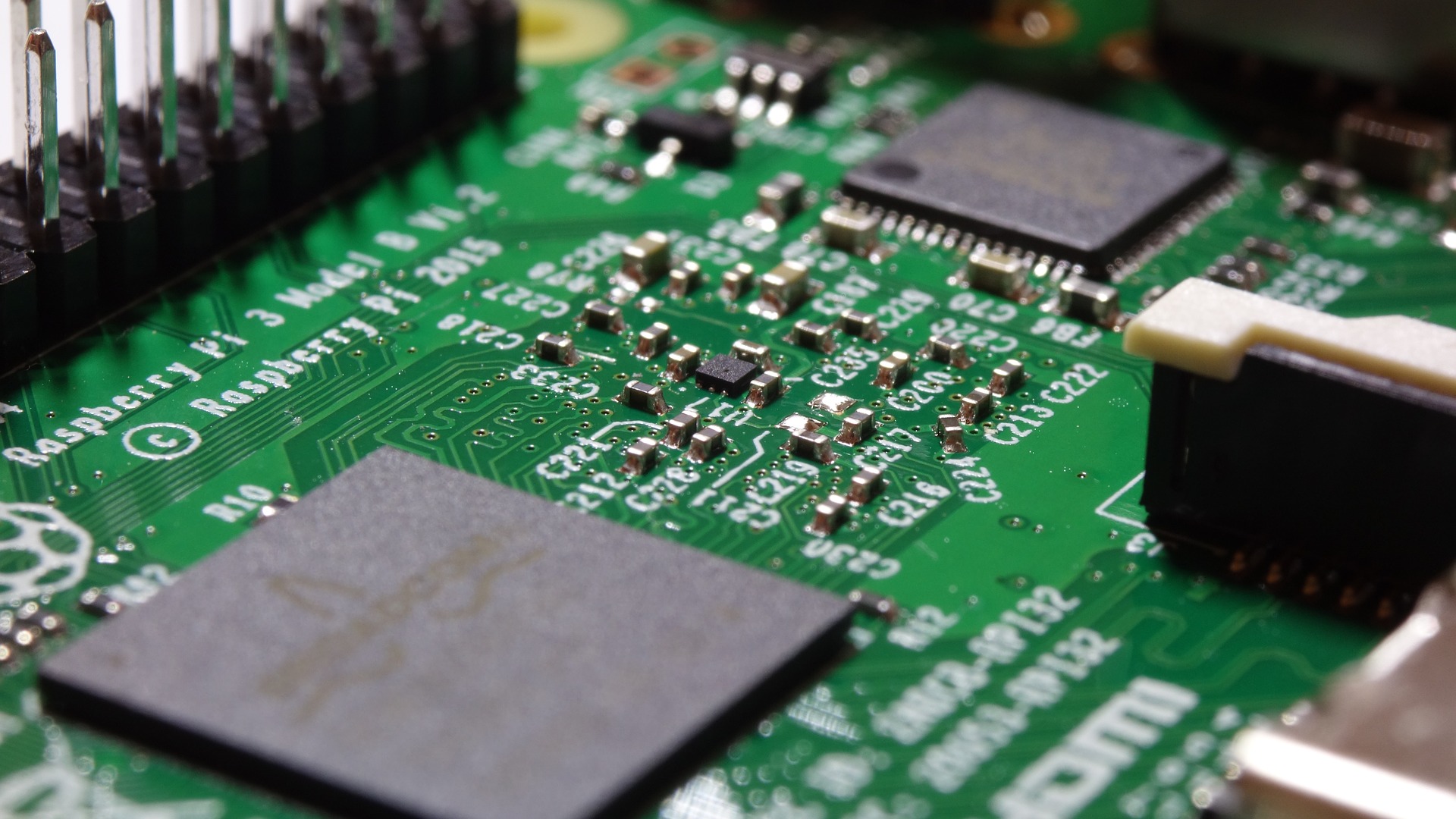
Give more power to USB devices on Raspberry Pi
There’s a way to allow your Pi to provide as much power to the connected USB devices as possible. Let me show you how.
(more…)
There’s a way to allow your Pi to provide as much power to the connected USB devices as possible. Let me show you how.
(more…)
Currently there are two Raspberry Pi types which come with built-i WiFi modules: the Raspberry Pi 3 and the Raspberry Pi Zero W. I’ll show you how to use them “headless”.
(more…)
There’s a feature in network cards, which allows to power on a PC if a certain “magic packet” is received on the physical (MAC) address of the network interface.
(more…)
Home automation projects often there is a need to measure the temperature and humidity of the air. This can be done with e.g. the DHT11 or the more advanced DHT22 sensors.
(more…)
At the time of writing this post, the newest device in the Raspberry Pi universe was Pi 3, released on 29th February 2016, boasting a 64bit CPU, an onboard Bluetooth chip, and last but not least: onboard WiFi.
We’ll focus on how to set up WiFi in this post. (more…)